
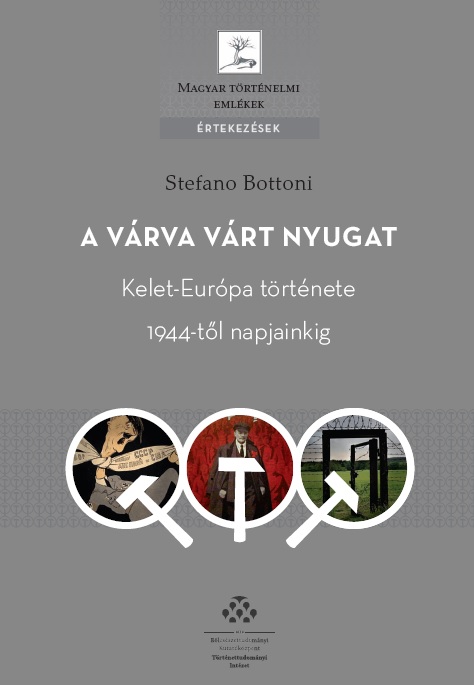 The RCH Institute of History has published the newest volume of the serial Monumenta Hungariae Historica entitled "The Long Awaited West. Eastern Europe since 1944" (Budapest, 2014. [Magyar Történelmi Emlékek - Értekezések. 11.]) by Stefano Bottoni, senior research fellow of our institute and an expert of political and social history of Hungary and Romania during the Communist period. The book is a critical synthesis of the rich and contradictory history of the Eastern half of the continent since the Soviet military occupation up to present days. The six chapters combine a thematic and chronologic approach, focusing on key events but also trying to describe how political and diplomatic events, from the creation of the Soviet Bloc to the recent economic crisi, have affected the lives of millions.
The RCH Institute of History has published the newest volume of the serial Monumenta Hungariae Historica entitled "The Long Awaited West. Eastern Europe since 1944" (Budapest, 2014. [Magyar Történelmi Emlékek - Értekezések. 11.]) by Stefano Bottoni, senior research fellow of our institute and an expert of political and social history of Hungary and Romania during the Communist period. The book is a critical synthesis of the rich and contradictory history of the Eastern half of the continent since the Soviet military occupation up to present days. The six chapters combine a thematic and chronologic approach, focusing on key events but also trying to describe how political and diplomatic events, from the creation of the Soviet Bloc to the recent economic crisi, have affected the lives of millions.
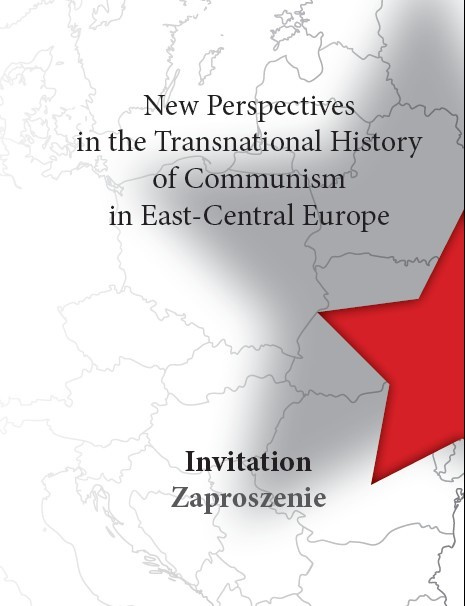 International conference is held in Poznań, Poland, on 16–17 October, 2014, entitled „New Perspectives in the Transnational History of Communism in East-Central Europe” organized by the Institute of National Remembrance, Poznan Branch; the Department of Philosophy, Adam Mickiewicz University; the Polish Philosophical Society, Poznan Branch; and the Hungarian Academy of Sciences, Research Center for the Humanities, Institute of History. The Scientific Committee includes Péter Apor (Hungarian Academy of Sciences), Uwe Backes (Hannah-Arendt-Institut für Totalitarismusforschung an der TU Dresden), Stefano Bottoni (Hungarian Academy of Sciences), Krzysztof Brzechczyn (Adam Mickiewicz University /Institute of National Remembrance), Sándor Horváth (Hungarian Academy of Sciences), Chris Lorenz (Free University of Amsterdam), Tomasz Pawelec (University of Silesia), and Michal Pullmann (Charles University in Prague).
International conference is held in Poznań, Poland, on 16–17 October, 2014, entitled „New Perspectives in the Transnational History of Communism in East-Central Europe” organized by the Institute of National Remembrance, Poznan Branch; the Department of Philosophy, Adam Mickiewicz University; the Polish Philosophical Society, Poznan Branch; and the Hungarian Academy of Sciences, Research Center for the Humanities, Institute of History. The Scientific Committee includes Péter Apor (Hungarian Academy of Sciences), Uwe Backes (Hannah-Arendt-Institut für Totalitarismusforschung an der TU Dresden), Stefano Bottoni (Hungarian Academy of Sciences), Krzysztof Brzechczyn (Adam Mickiewicz University /Institute of National Remembrance), Sándor Horváth (Hungarian Academy of Sciences), Chris Lorenz (Free University of Amsterdam), Tomasz Pawelec (University of Silesia), and Michal Pullmann (Charles University in Prague).
 The RCH Institute of History has published the newest volume of the serial Monumenta Hungariae Historica entitled "From Sultan Süleyman to Mór Jókai. Studies in the Ottoman structure of power and the Hungarian–Turkish connections" (Budapest, 2014. [Magyar Történelmi Emlékek- Értekezések. 10.]) by Pál Fodor, Acting Director General of the RCH (and Director of the Institute of History).
The RCH Institute of History has published the newest volume of the serial Monumenta Hungariae Historica entitled "From Sultan Süleyman to Mór Jókai. Studies in the Ottoman structure of power and the Hungarian–Turkish connections" (Budapest, 2014. [Magyar Történelmi Emlékek- Értekezések. 10.]) by Pál Fodor, Acting Director General of the RCH (and Director of the Institute of History).
The volume contains the turcologist Fodor’s scholarly essays written in the 2000s. The essays are arranged in thematic chapters, and this way they provide a wide insight into the operational techniques, cohesive forces, drives to wars of the power structure and state mechanism of the Ottoman Empire, which – in spite of its seemingly slow adaptability – had remarkable renewal capacity and had a great effect on Hungarian life.
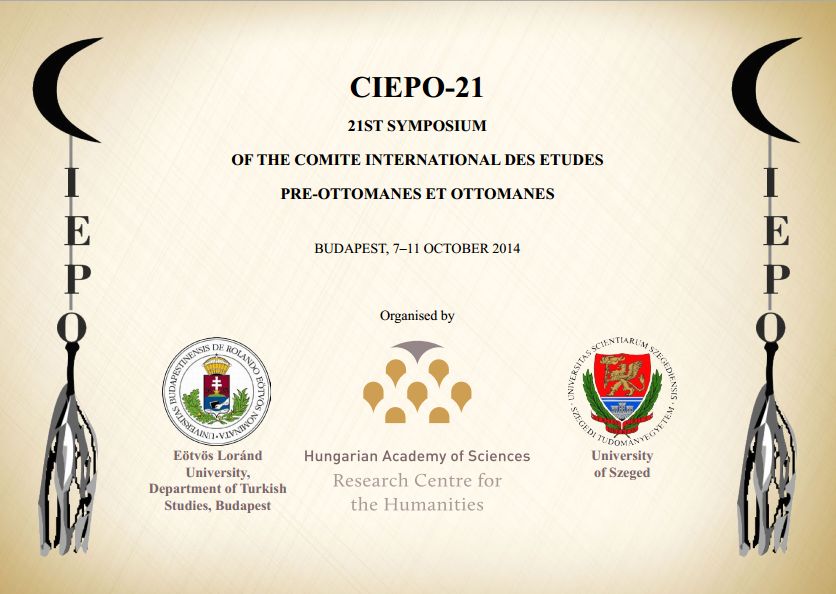 The 21st Symposium of the Comité International des Études Pré-Ottomanes et Ottomanes will be held in Budapest, 7–11 October 2014, organised by the Department of Turkish Studies, Eötvös Loránd University, Budapest, the Research Centre for the Humanities, Hungarian Academy of Sciences and the University of Szeged. The event will take place in the building of the Research Centre for the Humanities, Hungarian Academy of Sciences. The program can be read here.
The 21st Symposium of the Comité International des Études Pré-Ottomanes et Ottomanes will be held in Budapest, 7–11 October 2014, organised by the Department of Turkish Studies, Eötvös Loránd University, Budapest, the Research Centre for the Humanities, Hungarian Academy of Sciences and the University of Szeged. The event will take place in the building of the Research Centre for the Humanities, Hungarian Academy of Sciences. The program can be read here.
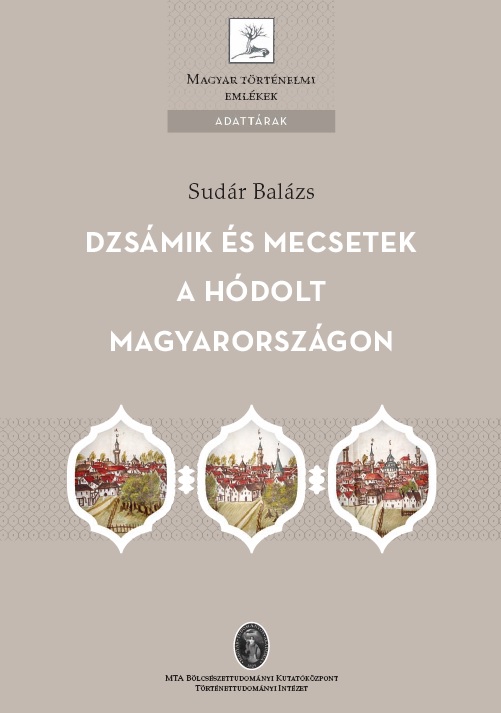 The RCH Institute of History has published the newest volume of the serial Monumenta Hungariae Historica entitled „Mosques in Ottoman Hungary” by Balázs Sudár, research fellow of the Institute of History. The great work (more than 650 pages, with 225 pictures, and detailed indexes) contains the description of 450 Muslim places of worship existed in Hungary under 150 years of Ottoman rule. The author collected and compared all kinds of sources concerning this topic during his large-scale research. The Muslim places of worship were not only religious institutions but also the centres of cities and settlements and the places of community life, and also regional economic centres. Mosques played determining roles in the life of the settlements, so their history may provide important information about the life of Hungary under Ottoman rule.
The RCH Institute of History has published the newest volume of the serial Monumenta Hungariae Historica entitled „Mosques in Ottoman Hungary” by Balázs Sudár, research fellow of the Institute of History. The great work (more than 650 pages, with 225 pictures, and detailed indexes) contains the description of 450 Muslim places of worship existed in Hungary under 150 years of Ottoman rule. The author collected and compared all kinds of sources concerning this topic during his large-scale research. The Muslim places of worship were not only religious institutions but also the centres of cities and settlements and the places of community life, and also regional economic centres. Mosques played determining roles in the life of the settlements, so their history may provide important information about the life of Hungary under Ottoman rule.
As a result of two years’ work of the “Momentum Holy Crown Research Team” of HAS RCH Institute of History, an exhibition was opened in the Castle of Pozsony (Bratislava) on July 15th, 2014, organized by the Slovenské národné múzeum–Historické múzeum and the Hungarian National Museum about the crowning coins published for the Hungarian royal crowning ceremonies held in Pozsony (Bratislava) between 1563 and 1830.
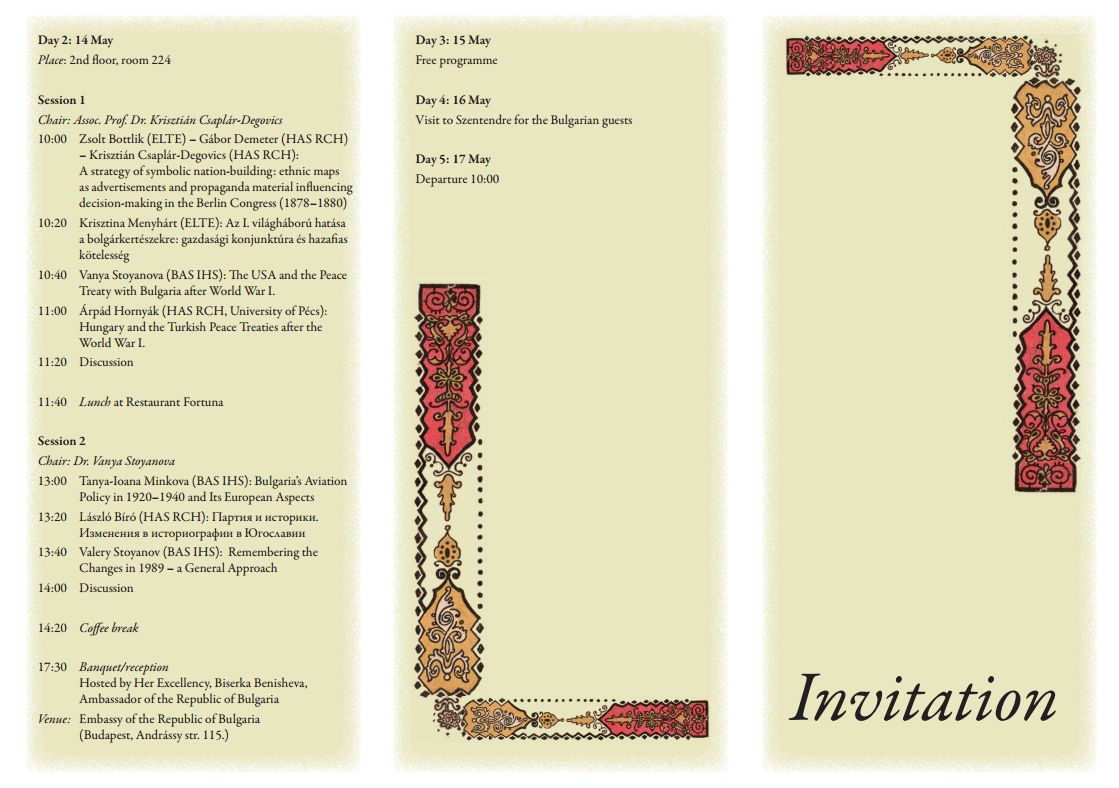 The Institute of History of the Research Centre for the Humanities of the Hungarian Academy of Sciences, the BAS Institute for Historical Studies, and the Bulgarian–Hungarian Joint Academic Commission of Historians organized an international conference on Contacts and Conflicts in Central and Southeast Europe: Hungarian and Bulgarian Approaches on May 13–14, 2014, in Budapest.
The Institute of History of the Research Centre for the Humanities of the Hungarian Academy of Sciences, the BAS Institute for Historical Studies, and the Bulgarian–Hungarian Joint Academic Commission of Historians organized an international conference on Contacts and Conflicts in Central and Southeast Europe: Hungarian and Bulgarian Approaches on May 13–14, 2014, in Budapest.
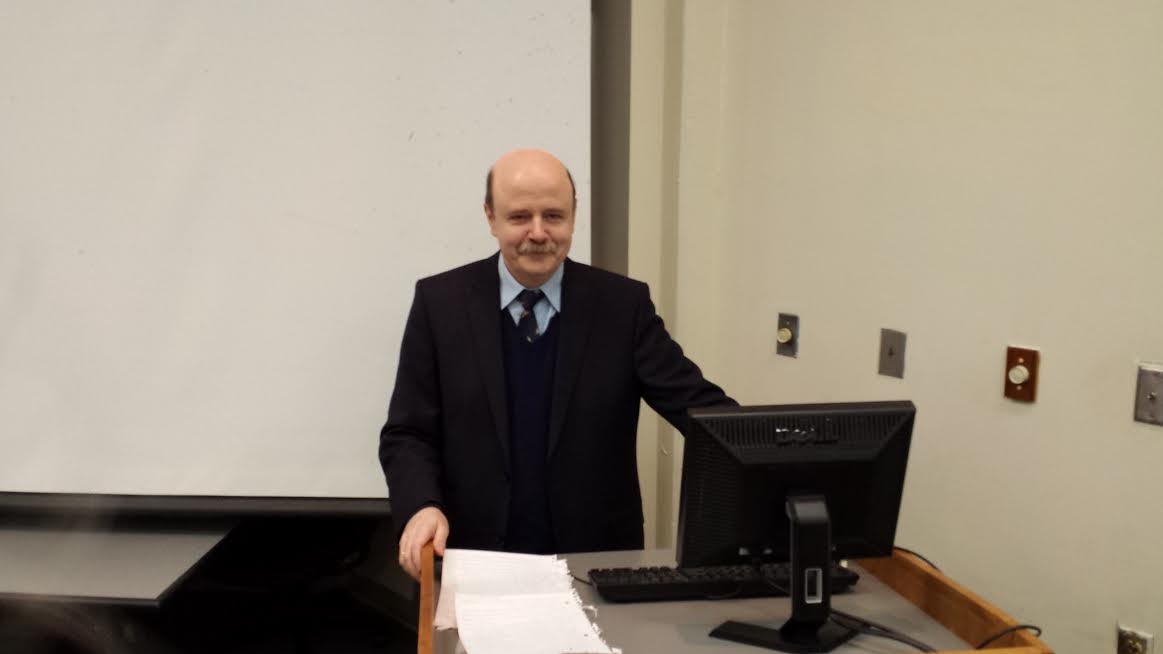 Tamás Stark, senior research fellow of the Institute of History RCH HAS were lecturing in the USA in 2014.
Tamás Stark, senior research fellow of the Institute of History RCH HAS were lecturing in the USA in 2014.
In Feburary, he had a university lecture titled The Fate of the Hungarian Jewish Community during the Holocaust and after Liberation at the University of Tennessee, Chattanooga, Tennesse.
Page 4 of 12